Menu
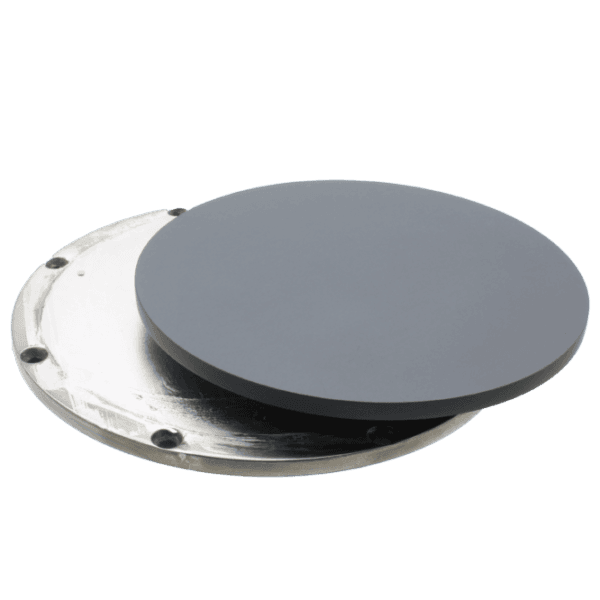
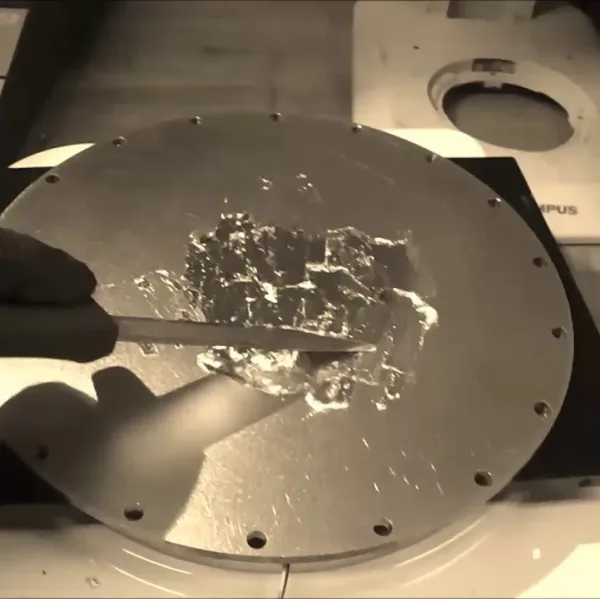
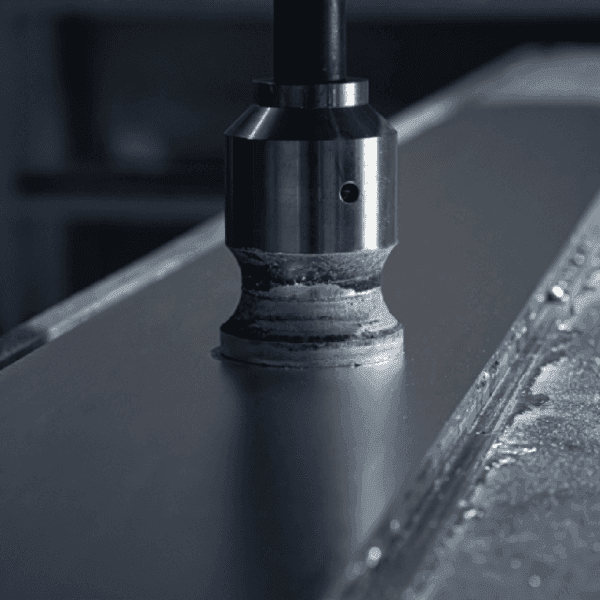
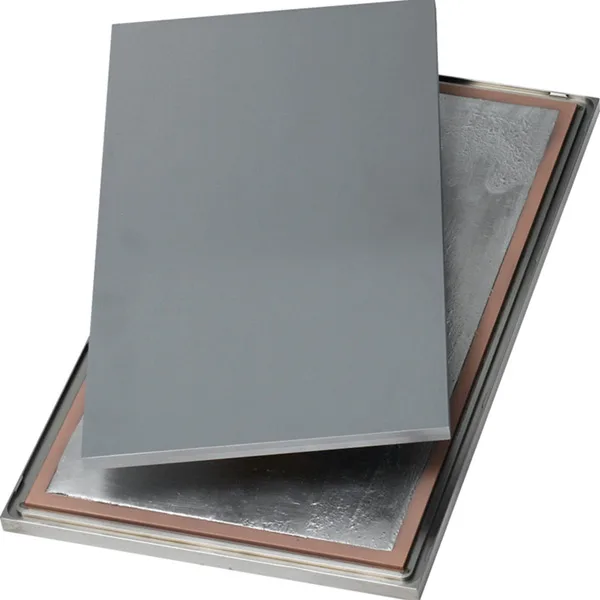
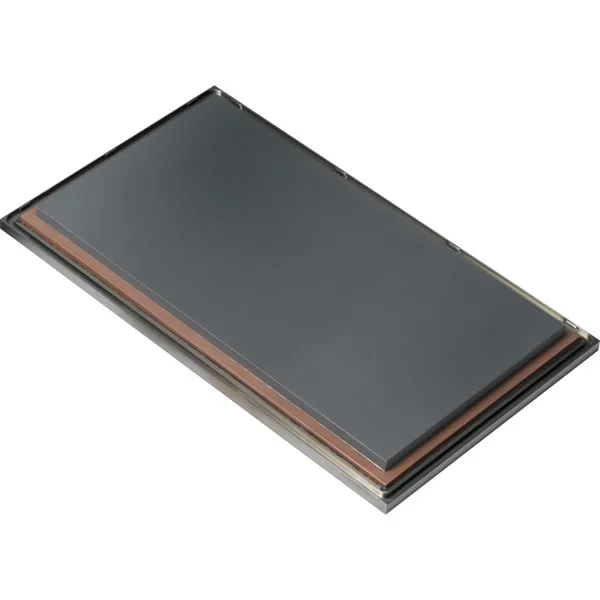
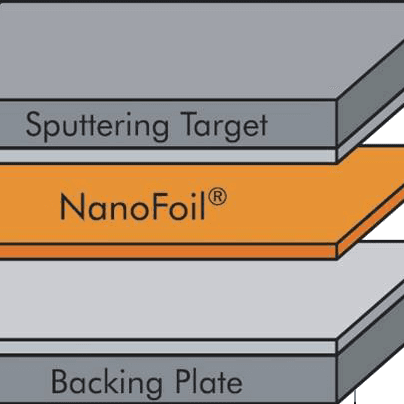
Indium is the best choice for bonding sputtering targets because it has excellent thermal conductivity and can take heat away from the target very well. It is also more flexible than other solders used for bonding, so it can handle the target and the backing plate expanding and contracting without cracking. The main problem with indium bonding is that indium melts at 313.9°F (156.6°C), so if you heat it above 302°F (150°C), the bond will melt and fail. Indium bonding works well with most materials including metals and ceramics, but a few exceptions exist.
Maximum Operating Temperature (°C) | 150° C |
Thermal Conductivity (W/mK) | 83 |
Coefficient of Thermal Expansion (K-1) | 32.1 x 10-6 |
Electrical Resistivity (ohm-cm) | 8 x 10-6 |
Bond Coverage | >95% |
Bond Line Thickness | 0.010″ ± 0.003″ |
Heat transfer through a material occurs more rapidly when the material is thinner. In most sputtering R&D guns, the target’s thickness is halved when bonded to a backing plate due to the gun’s maximum thickness allowance, with the copper backing plate comprising the other half. This thinner target cools more effectively than a thicker one because the heat generated on the target’s surface has a shorter distance to travel to reach the cooled side.
Ceramic materials can cool more efficiently when bonded. The target’s intimate contact with the conductive solder layer facilitates heat transfer from the target surface to the copper backing plate. The copper backing plate, in turn, is in contact with the water-cooled gun, allowing the heat to be transferred through the copper and removed by the cooling water.
Some ceramic sputtering targets may crack during sputtering due to thermal shock, regardless of bonding or ramping procedures used to condition the target. However, bonded targets can often continue to be used even after cracking, unlike unbonded targets, which typically cannot be used after cracking.